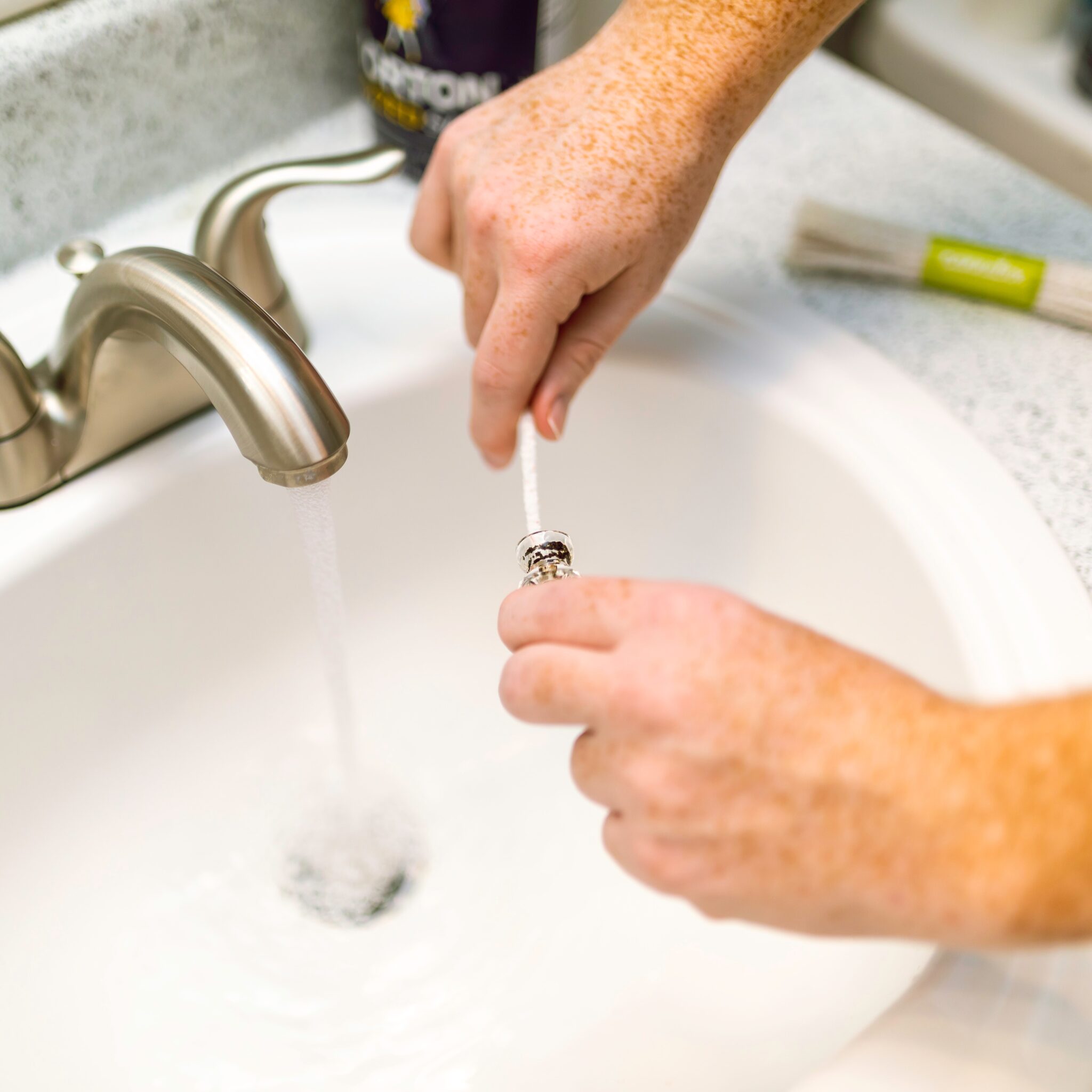
Plumbing Permits & Home Improvement
Whether you are considering renovating your home or find that your plumbing system requires extensive repairs, the plumbing project at hand may require a plumbing permit. This type of permit is necessary for more comprehensive plumbing projects to ensure that the work adheres to local plumbing codes. Plumbing permits are similar to building permits and must be obtained for construction projects when plumbing work is set to be done.
The many different jobs that can require a plumbing permit include sewer replacements, new construction, re-piping projects, drain line replacements, and water heater replacements. In the event that a plumbing permit is needed for the project you’re about to work on, you can obtain this type of permit at your local building and safety department. If you currently live in Los Angeles, you would need to apply for a plumbing permit at the Los Angeles Department of Building and Safety.
The wait time for your application to be approved shouldn’t be too long. The exact amount of time it takes for your application to be approved largely depends on the size of the project that you’re working on. If the plumbing work is minor and only involves replacing a faucet or water heater, it’s possible that you would qualify for an express permit, which can be applied for online or at one of the numerous LADBS offices.
If you’re working on a small or medium project with extensive plumbing work, your plumbing permit application could be reviewed and approved on the same day at one of the LADBS offices. For larger projects that involve performing time-consuming plumbing replacements, repairs, and installations, you may need to apply for a regular plan check at the LADBS. This type of permit can take several weeks to review.
It’s important that you look into the requirements for obtaining a plumbing permit before performing any notable plumbing repairs, replacements, or installations. If work is done without a permit, you could experience issues if ever you end up placing your home on the market for sale. It’s also possible that the city will ask you to reverse all the work that’s been done, which would invariably waste your time and money. This article should provide you with everything you need to know about how plumbing permits work and when you should use them.
Understanding Plumbing Codes

National plumbing codes have been put in place to essentially standardize the work that plumbers do on small-scale and large-scale projects alike. Even though national plumbing codes are in place, it’s important to understand that the regulations that exist throughout the state and individual counties supersede national ones. Keep in mind that most local plumbing codes are more stringent than national ones. If a plumber completes a job in accordance with national plumbing codes but fails to adhere to local codes, it’s possible that the work isn’t up to code, which could be problematic if ever you attempt to sell your home.
Before starting work on a plumbing project of any size, plumbers must be aware of all local plumbing requirements. You should be able to find local plumbing and building codes online. These codes will provide you with detailed information about the type of work that requires a permit and the type of work that doesn’t. It’s important to understand that building and plumbing safety codes are developed and put in place to ensure that the public remains safe. As such, you shouldn’t ignore these codes even if you don’t believe that the lack of a permit would ever be noticed.
As touched upon earlier, you can look for plumbing permit requirements on the website for the Los Angeles Department of Building and Safety. If the plumbing work is set to occur in a different county, the plumbing and building codes that you adhere to must be from the county that the building is located in. The majority of counties will list permit requirements directly on their website.
If ever you’re unable to locate plumbing permit requirements, you could perform a quick and simple Google search for plumbing permit requirements in your county. Keep in mind that all permit information is usually listed in the same place, which means that the plumbing permit information will be in the same area as the electrical or mechanical permit information. There’s a small chance that you’ll be unable to locate the plumbing permit requirements online. When this occurs, you might want to get in touch with the LADBS, which you can do by phone or in person at one of their offices.
If you’re unsure of the need to obtain a plumbing permit for the work that you’re about to do, don’t hesitate to ask the LADBS any questions that you might have about the permitting process. You can reach the LADBS by going to this link. From here, you can choose to contact them by phone or submit a message through the online form on their website. As mentioned previously, performing plumbing work without a permit could create numerous issues down the road, which is why you should always be certain about the need for a permit before starting work on the project at hand.
Plumbing Jobs that Require a Permit

In most cases, county regulations for plumbing permits will differ somewhat. The only way to be certain about the need for a permit is by looking at the local building and plumbing codes or by contacting the LADBS. However, the five plumbing jobs mentioned below almost always require a plumbing permit before you will be allowed to complete the job.
1. Sewer Replacement
Sewer lines are delicate components in a plumbing system that must be properly maintained and installed to ensure that they work properly. When a sewer is being repaired or replaced, a permit will likely be necessary. Any work that occurs on sewer lines will need a permit to make sure that safety codes are met.
2. Re-pipes
Whether work is being done in a home or industrial facility, a re-pipe project involves switching out every water supply line that currently exists in the building for new ones. As such, these projects are considered to be extensive, which means that plumbing permits are needed. In fact, this type of work should only be completed by a professional plumber who has the experience and knowledge needed to perform the work without issue.
3. Drain Line Replacements
In the event that drain pipes have burst or leaked and need to be replaced, the replacement process makes for a large and time-consuming job, which means that a permit will be necessary.
4. Moving Existing Plumbing
When plumbing is being moved from one spot to another, this type of project is considered to be a remodel. As such, all building code regulations must be followed. Make sure that you obtain the necessary building and plumbing permits.
5. Water Heater
Even though it doesn’t take a lengthy amount of time to replace a water heater, this type of project is still believed to be sizable, which is why most counties require a permit. You or the plumber you hire will also be tasked with following local safety regulations for water heaters.
Steps in a Plumbing Inspection

The purpose of a plumbing inspection is to make sure that the entire plumbing system in a home or commercial building adheres to the local plumbing code after repairs, replacements, or installations. Keep in mind that comprehensive inspections are necessary for all types of plumbing systems, which extend to vent systems, fuel gas systems, industrial waste systems, and sanitary systems.
Along with residential households, plumbing inspections may be needed for industrial buildings, office buildings, medical facilities, and manufacturing buildings. While the amount of time it takes to perform a plumbing inspection can differ depending on the type of building that’s being inspected, the steps involved in a plumbing inspection largely remain the same regardless of the building type. The primary steps that occur when performing a plumbing inspection include:
- Water filtration systems are thoroughly checked to look for any issues with efficiency.
- Fixtures, drains, and supply lines are examined to determine need for repairs.
- An in-depth investigation occurs for all exposed plumbing that’s situated above-ground, which includes any shut-off traps and valves under laundry room, bathroom, and kitchen sinks.
- Toilets, showers, baths, and sinks are inspected.
- The venting and draining systems in bathrooms, laundry rooms, and kitchens are inspected.
- A tankless water heater or storage water heater tank will be inspected.
- A video camera inspection will take place of all underground sewer pipes and sanitary drains. The existence of any misalignment issues or cracks could eventually cause drain collapse or blockage issues.
- The system’s shut-off valve will be inspected.
- The sump pump and discharge areas will be inspected.
When a plumbing system malfunctions or a blockage occurs in the piping, numerous complications could occur that result in extensive and costly water damage. Plumbing permits are designed to make sure that all significant plumbing repairs, installations, and replacements occur in accordance with the city’s plumbing code. When these services are performed with a permit in hand, it’s much more likely that the work that was done to the plumbing system will be long-lasting.

Jason Somers, President & Founder of Crest Real Estate
With over 15 years of professional experience in the Los Angeles luxury real estate market, Jason Somers has the background, judgement and track record to provide an unparalleled level of real estate services. His widespread knowledge helps clients identify and acquire income producing properties and value-ad development opportunities.
Learn more about Jason Somers or contact us.



